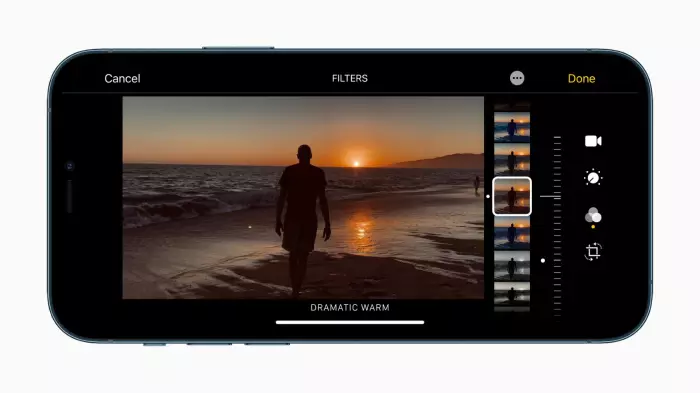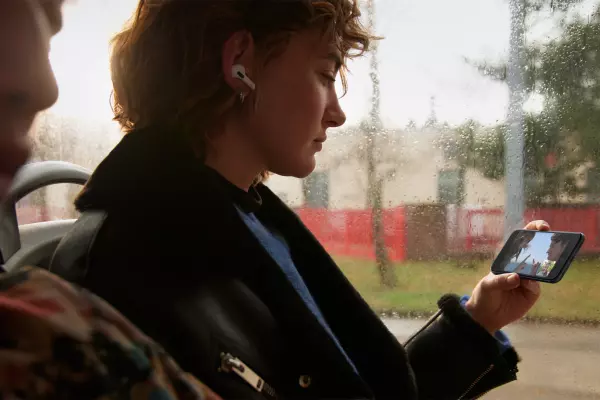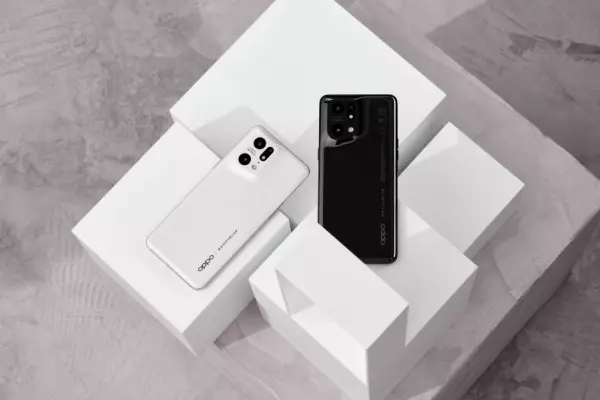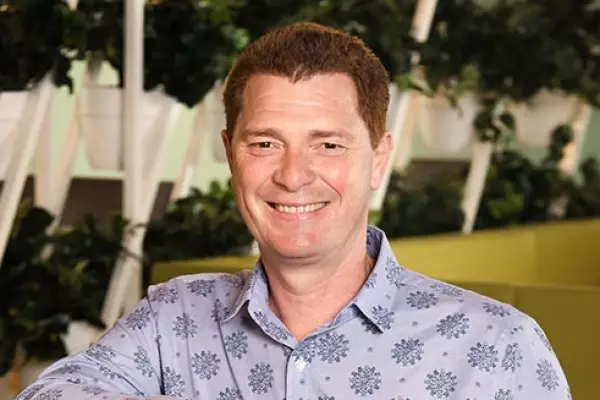Despite what Apple will have you believe, you don’t need to buy a new iPhone every year. But if you err on the side of iOS and your current mobile device is long in tooth or cracked of screen you could do worse than one of the four new iPhone 12 models.
The growing range makes choosing which one to buy harder than in previous years. I’ve been switching my SIM between three of those four models over the past few weeks to find out which is the best.
The smallest option is the $1349 iPhone 12 mini, which is basically the regular $1499 iPhone 12 but pint-sized. The mini is the first time Apple has shrunk the iPhone-with-notch design and labelled it so, and by modern standards it is a fun, unusually tiny phone to use. The regular iPhone 12 is the same size as the regular $1899 iPhone 12 Pro (pictured above), and the only noticeable difference is in the camera department.
The $2099 iPhone 12 Pro Max is the largest of the phones and has the most camera features. Both Pro phones add things like the ability to shoot in the RAW format preferred by professional photographers – things most people simply wouldn’t use so shouldn’t pay the premium for.
All four models have an updated design, returning to the flat sides last seen on 2013’s iPhone 5S. The 12 mini and 12 have aluminium sides and a glossy glass back in an assortment of bright colours, whereas the two Pro models have stainless-steel sides that both make the phones heavier and pick up fingerprints like nobody’s business. Their matte glass backs are lovely, though.
Every model’s screen is also adorned with a glass that Apple says is more shatter resistant than anything before, but I found they all still pick up surface scratches if you’re not careful.
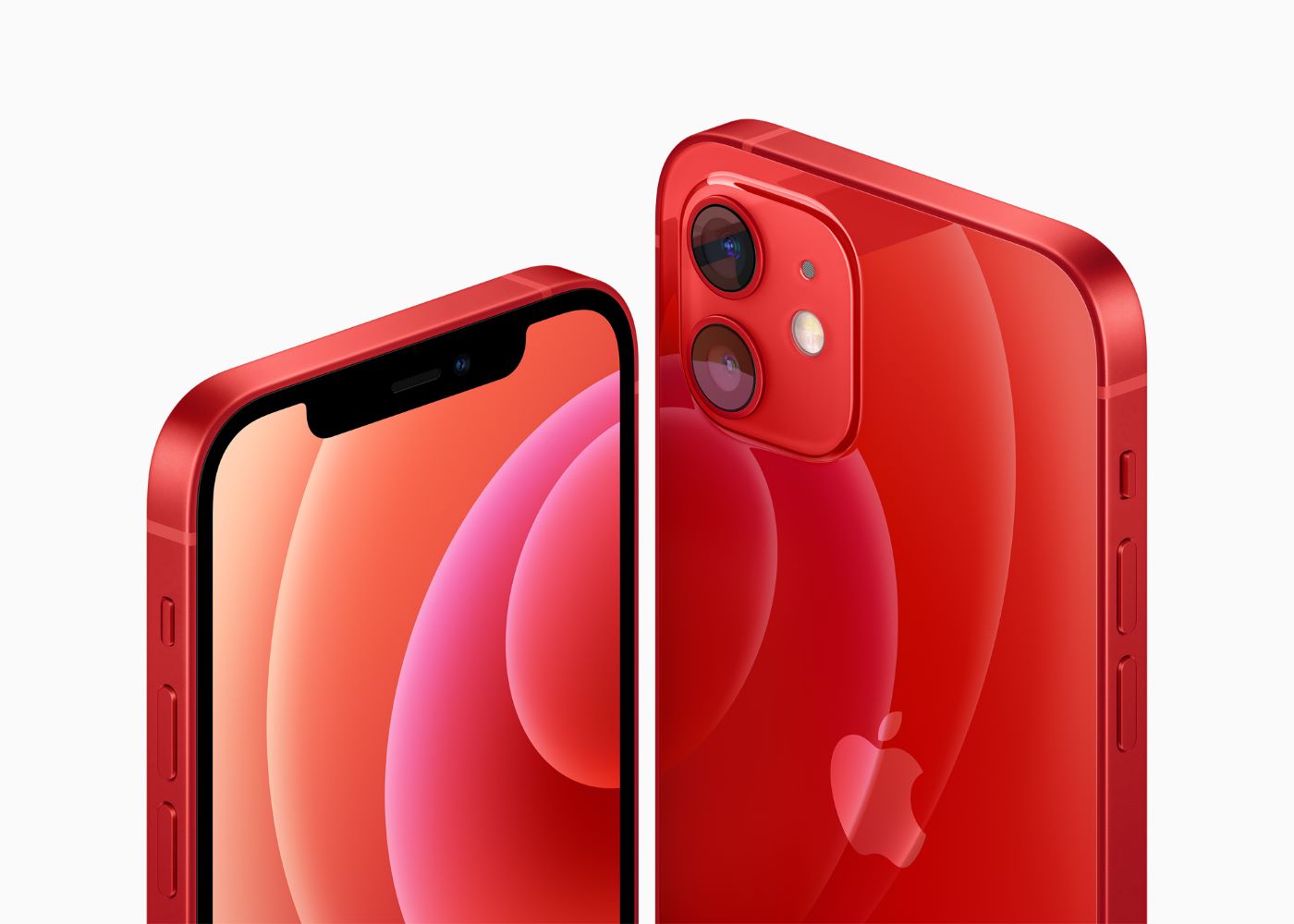 iPhone 12 Mini and iPhone 12 models
iPhone 12 Mini and iPhone 12 models
Across the board
For the first time on the 12 range, the iPhone has 5G compatibility. Testing a 5G SIM in Auckland, I found the difference in performance very hard to notice. For music and video streaming today, your 4G contract will serve you well, but buying an iPhone 12 covers you for when 5G goes countrywide in the next three years or so.
All four have Apple’s clever Face ID unlocking and authentication system, though this doesn’t work with a covid-19 face mask on. They’re all also fully water resistant and are wireless charging compatible.
Frustratingly for some, Apple decided to ship all the iPhone 12s with no headphones or charging brick in the box. The only accessory included is a cable. Apple says this was to slim the packaging down, which it has done, and because millions of people already have an iPhone charging brick.
But the cable included is USB-C to Lightning and won’t fit the USB-A charger most people own (Apple introduced its USB-C charger only last year). It means you’ll likely have to fork out $35 for a charger on top of potentially $2000 for the phone. It’s hard not to be annoyed by that.
Apple has introduced the new MagSafe ecosystem to the iPhone. Each phone has magnets in the back that communicate with optional accessories such as the $69 MagSafe charger, which snaps to the back instead of plugging into the Lightning port. More useful is the (admittedly expensive) $99 three-card wallet that you can snap straight to the phone or use along with one of Apple’s official cases.
 iPhone 12 leather wallet with MagSafe
iPhone 12 leather wallet with MagSafe
Traversing the differences
I have not used the regular iPhone 12 Pro but have been able to extensively test the other three. I believe it’s all quite simple: most people should choose the regular iPhone 12. It is the standard 2020 model with two cameras, one of which is an ultra-wide lens so you can fit more in the frame.
Apple upgraded the screen technology from the iPhone 11, so the iPhone 12 has a better OLED display rather than LCD. Last year, this was a good reason to pay more for an iPhone Pro, but this year, the displays are practically identical in quality. The tiny iPhone 12 mini benefits from this, too.
The mini is very lovable as it shrinks the familiar iPhone design seen since 2017, but if you are a heavy user, the battery will hit red at uncomfortable times of day. Aside from screen and battery size, though, it is the same phone as the iPhone 12.
Camera quality on the cheaper 12 mini and 12 is excellent. Apple’s colour science is top notch, and portrait and night-mode shots are stunning. It means that unless you simply must have the optical zoom lens on the Pro models, it’s not a huge reason to splash out on the top of the line. Optical zoom is sharper than the digital zoom of the regular 12s, but photo and video quality really is excellent across the board.
The Pros also add a LiDAR sensor that can better judge depth for portrait photos at night and is compatible with various augmented-reality apps and games. Again, niche use cases for the extra spend.
The curse of choice
It was inevitable that, as a tech nerd, I would enjoy using the most expensive iPhone, but it is the one I would recommend to the least people. Bear with me here. The iPhone 12 Pro Max is both the best phone in the 12 range and the most frustrating (even without considering the steep price). It is the best because it has the nicest screen, the longest battery life, and the best camera specs of the range. Compared to the regular 12 Pro, it has more zoom capabilities and a different stabilisation system that Apple says produces better shots in low light. (In reality, I found it hard to tell the difference.) I also love the expansive display despite my relatively small hands juggling it precariously.
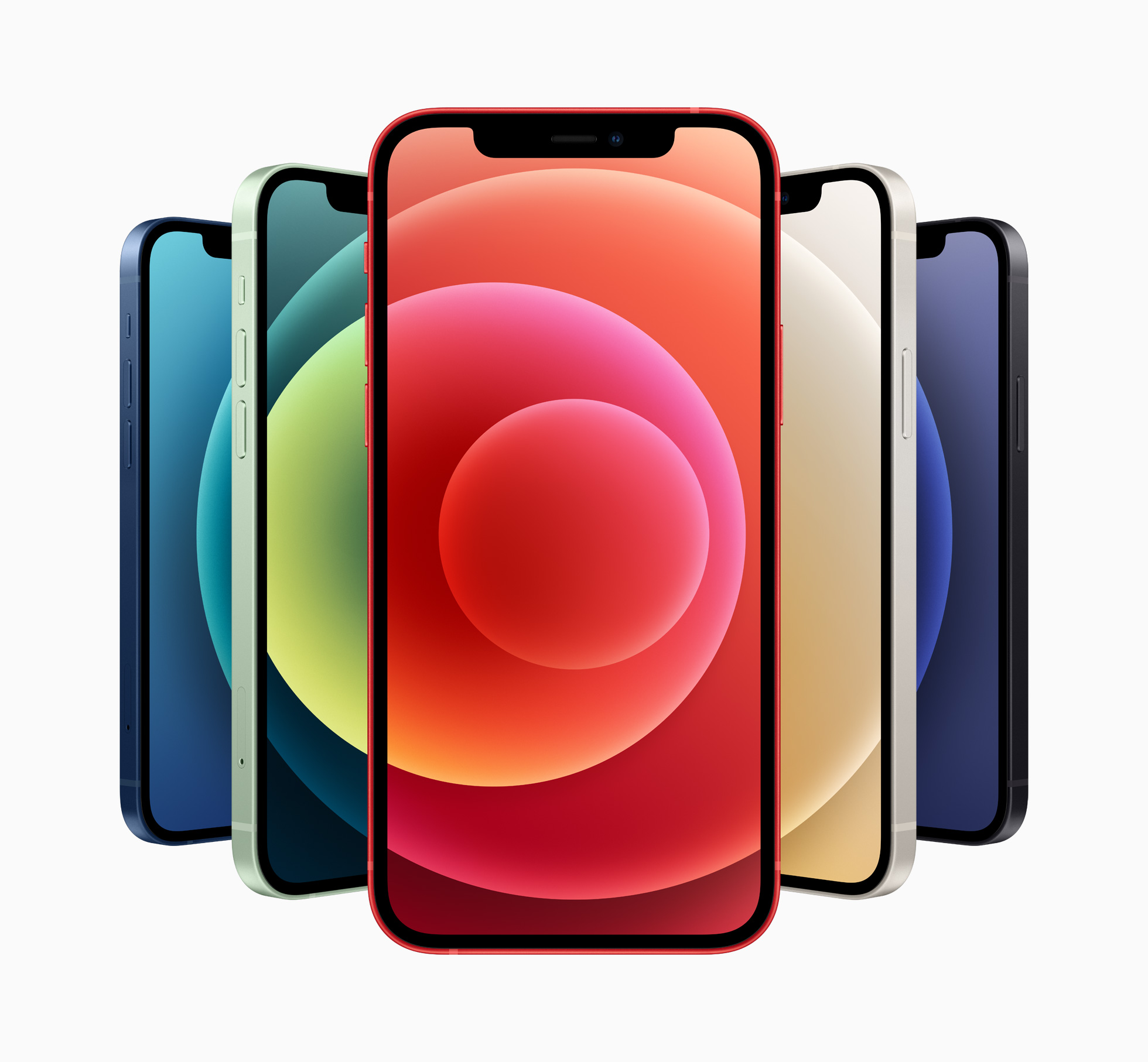 iPhone 12 range
iPhone 12 range
Unless you’re stalking the night trying to be the next Annie Leibovitz, the 12 Pro Max is not worth shelling out at least $2099 for. It’s a phone of surfboard proportions, the 6.7-inch display impossible to use one-handed for anything but scrolling, and it sticks out the top of most pockets. But if you use your phone for absolutely everything, it’s a powerhouse that can replace your tablet or even laptop.
So, to recap, I can’t recommend the iPhone 12 model I liked the best and I won’t recommend the 12 mini, the smallest one I wanted to love but couldn’t quite, thanks to sub-par battery life and poky display. I’ve got too used to the growing size of our phones to go back, but if you miss those days and are dead set on a small iPhone, then you might consider the $799 iPhone SE and save yourself $500.
Apple could have released just the standard iPhone 12 and had a hit on its hands. It’s the Goldilocks iPhone with the best size, weight, and feature set, with a display as good as the Pro range, and cameras and battery life that don’t compromise. You just might want to pay a little extra for more storage, as the base 64GB option simply isn’t enough for most people these days.


